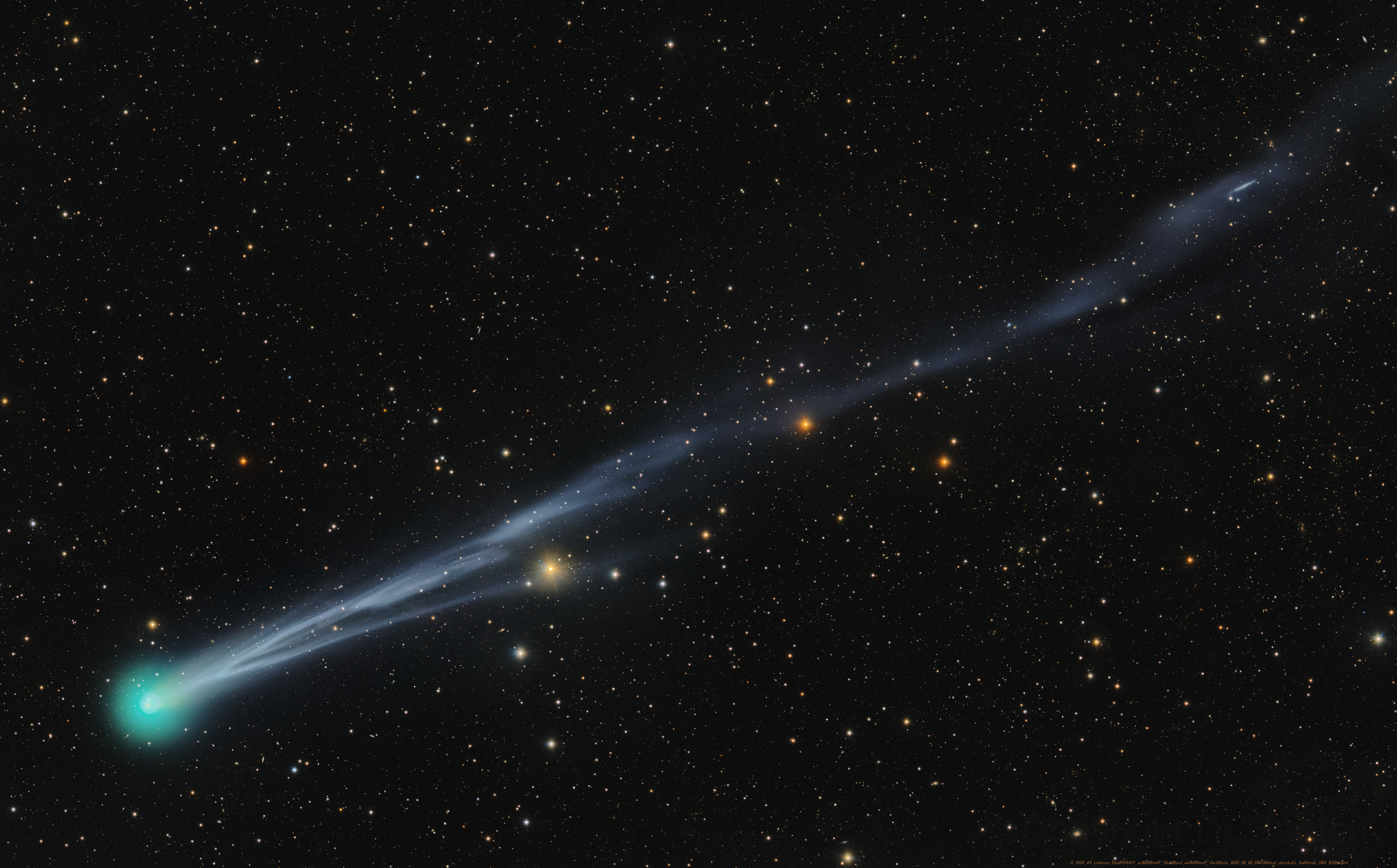The Orville started as a spoof, but it has evolved into so much more
The Orville might have started off borrowing from Star Trek, but season 3 raids its own history, with stunning results.
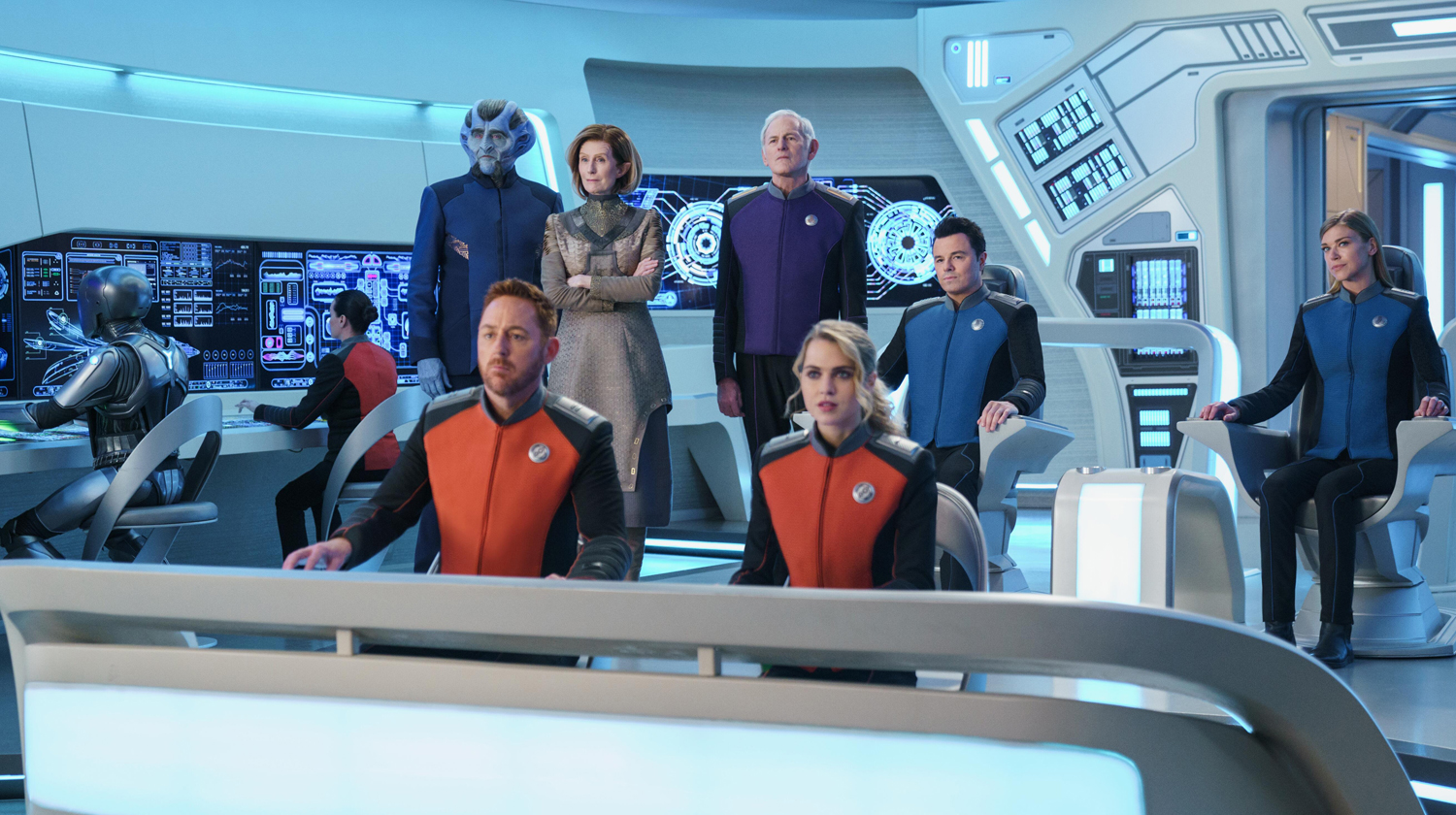
Many science-fiction shows build foundations, evolve over time, and use the groundwork of previous seasons to solidify stories, while growing their protagonists. Juggernauts of the genre like Star Trek: Deep Space Nine and Babylon 5 are renowned for their expansive arcs, character development, and finding ways to make smaller elements feel more important by weaving them into stories.
The Orville started life as a parody of the shows it loves, but it managed to learn a lot from them when it comes to this kind of world-building. With the massive outcry for more of this excellent series, it seems important to point out just how well The Orville handled its third season, with many episodes skillfully recalling the past, while simultaneously progressing the returning stories and characters.
Most of the best sci-fi TV shows span numerous seasons with twenty-plus episode stretches, meaning there were often a few duds and some unnecessary filler. By contrast, The Orville has kept its episode count small, with just 36 episodes so far. This has meant there is less need for pushing disposable ideas. The writers have also been able to choose to take the best stories from their previous adventures and revisit them, making the universe feel contained, but also more alive.
The beauty of The Orville season three was in its callbacks, and almost every episode had one. They weren’t lazy references or rehashing of stories already told though – they built upon what was already explored. For anyone who watches television shows regularly enough, there were predictable plotlines fans knew The Orville would have to tackle this season, but in each new episode, major conflicts and even characters change, making these events feel more important.
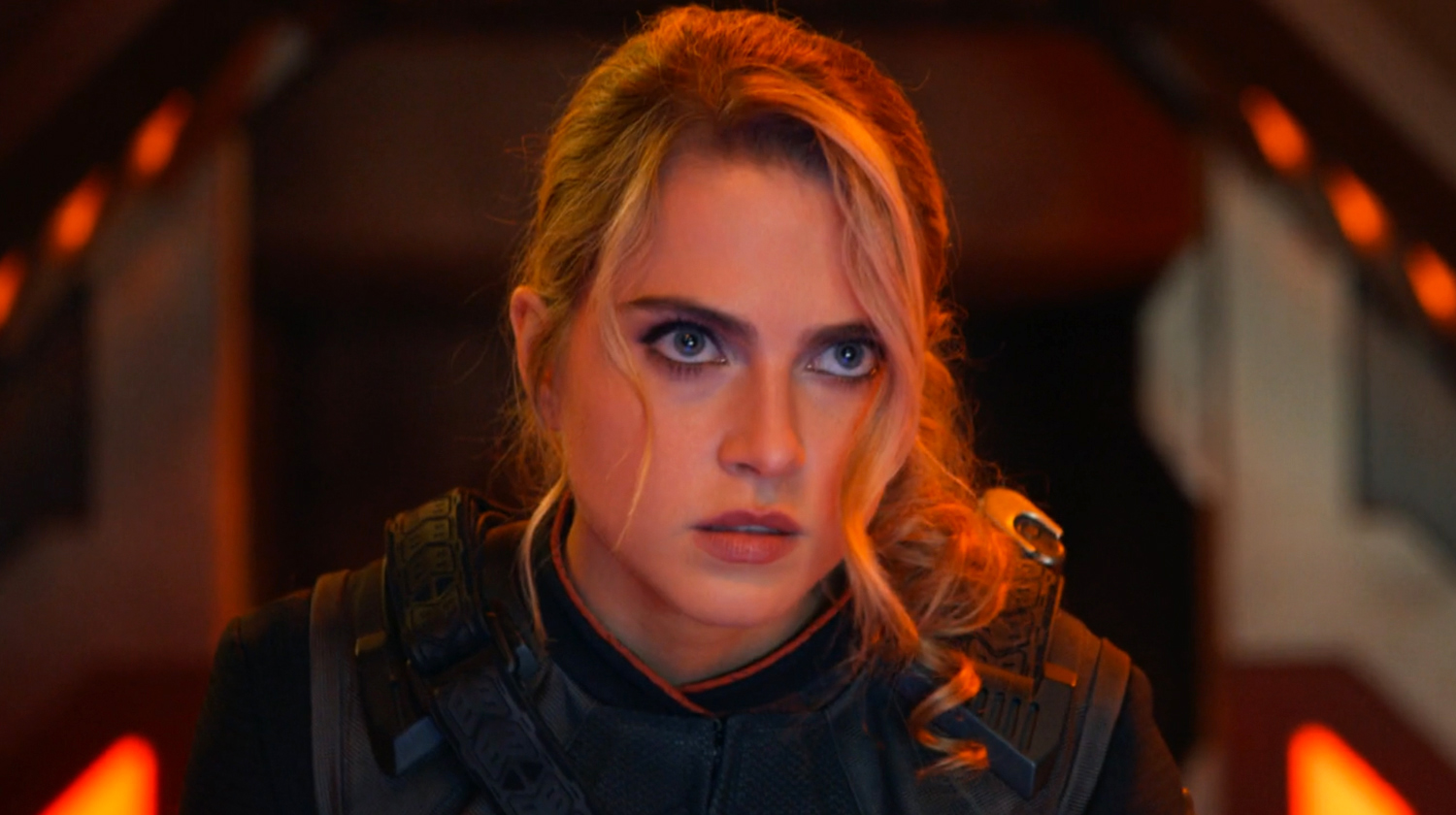
These characters that we’ve grown to love are given more attention and personal relationships are still a big deal for the show. Even the new crew member, Ensign Charly Burke, is immediately given her own plot threads and small arc to follow through on. Nothing feels wasted and the writing touches on a lot in a short period of time.
Viewers were given advancements for several minor players, like Topa’s revelation and subsequent decision. This was tied to Heveena and the colony of female Moclans - a story that started in season one and was expanded upon in season two. The culmination of this leads to a fantastic payoff involving a holographic Dolly Parton, which is itself a callback to the earlier episode.
One of the standout secondary personalities for the show is Teleya, and seeing her journey from meeting Mercer as a teacher, to deceiving him in disguise as a human, and now as the Chancellor of the Krill was quite the ride. She’s an excellent recurring villain and the introduction of their half-human half-Krill daughter, Anaya, added a wonderful complication. Now, as she sits awaiting trial at the end of this season, it’s hard not to draw comparisons to Star Trek: The Next Generation’s Commander Sela. This is a higher level of character building, finding logical and interesting steps for characters to grow.
Breaking space news, the latest updates on rocket launches, skywatching events and more!

There are also seemingly completed stories to revisit. The final episode of season one gave fans a cautionary tale on the dangers of religion with “Mad Idolatry,” where a society stuck on a multi-phasic planet comes to worship Grayson as a healer and goddess. Thanks to a peculiar time-jumping phenomenon on the planet, the crew have a chance to witness these destructive effects over large amounts of time and it takes several leaps forward for the descendants of the planet to repair the issue. It’s a great take on a classic sci-fi trope and feels complete at the end, but season three’s “Morality Paradox” brings it back.
This isn’t a simple revisit, however, there’s no checking in on the planet years later and learning of their most recent conflict. Instead, this episode flips the script, with the Orville crew seeming as gods to the species originally, are now the ones being played with and put through trials so that these more advanced beings can learn about morality. It could be boiled down to a surprise villain, but linking back to the first season and acknowledging the impact the crew had on the planet, even 50,000 years later, made both episodes feel more important.
“Twice in a Lifetime '' took an episode that felt like a throwaway personal adventure and upped the stakes. While it might seem silly that Lt. Gordon Malloy fell in love with a girl created from cell phone data in season two’s “Lasting Impressions,” people are always falling for holograms, androids, or AIs they can’t have in sci-fi. Later, through time shenanigans, Malloy finds himself stuck in 2015 and after thinking the Orville wasn’t coming back, he makes a life with the woman of his dreams, in the process, knowingly keeping her from the future she was destined to have. The ensuing confrontation between Mercer, Grayson, and Malloy about ethics of time travel isn’t a comedic one and the end result feels heart-wrenching. Even amongst an already fantastic season, this episode is a real standout.
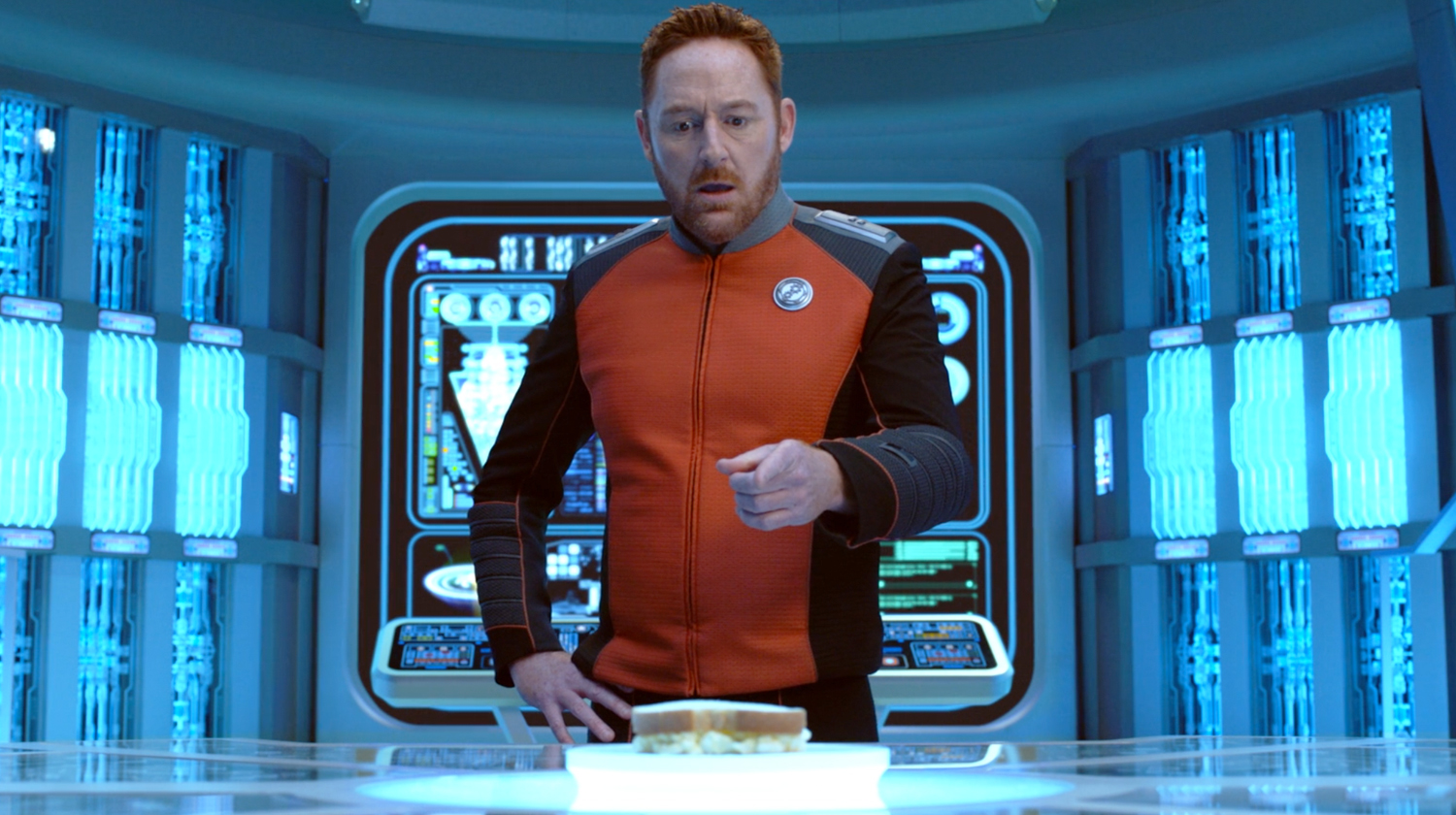
The weirdest story to call back to might have been “Majority Rule,” aka the social media episode. When Navigator John LaMarr lewdly danced with a statue on a planet where only public opinion mattered, we were shown a world that seemed ridiculous and was meant to poke fun at social media. LaMarr was ultimately spared his punishment and in the process, a local girl named Lysella was briefly brought aboard the Orville.
This felt like a plotline that didn’t have anything more to give, but we got an unexpected twist in the tale during “Future Unknown”, when Lysella requests asylum on the Orville. From there we get a twist on the classic Star Trek Prime Directive dilemma, as Lysella starts to feel a form of survivor's guilt as she has escaped the problems of her world. It’s a neat twist on the usual “oh we can’t give technology to lesser advanced species” conundrum and circles back wonderfully to the earlier storyline.

That’s why The Orville’s season three stands out as such good television. The universe and characters are built upon, certainly, but it does so in clever and creative ways that elevate earlier moments while providing more depth. It isn’t just about Malloy sending a sandwich three months into the future and the show paying it off – though that’s great – but the appreciation of what came before and not wanting to rush off and leave valuable things behind.
This approach to storytelling elevates not only the latest season of the show, but it also encourages fans to go back and rewatch the earlier seasons to see what other callbacks and references they might have missed on their first watch through. The Orville might has started as a spoof of Star Trek, but season three has shown that it deserves to sit at the captain’s table alongside its inspirations.
You can watch all three seasons of The Orville on Hulu in the US, or on Disney+ if you're in the UK. If you want to save money on either of these services check out our streaming deals page for the latest offers.
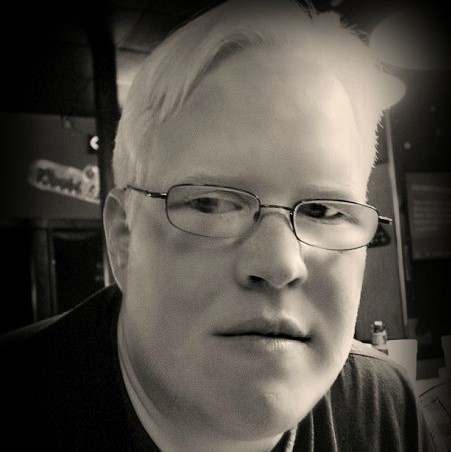
Stephen Wilds is a freelance entertainment writer whose work you'll see pop up in various entities (Looper, Polygon, Coming Soon, Playboy). When he's not writing about sci-fi shows, you can usually find him struggling with commas, broken controllers, and nightmares of Borg invasions. Wilds earned a BA in English Lit, but his real education came from the Sci-Fi channel in the early morning hours when all the really bad shows aired.
